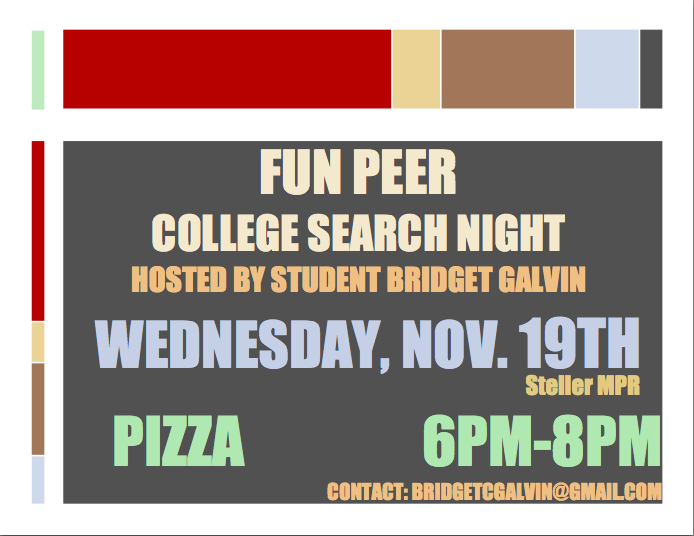

With advances in medical diagnostic technology, the healthy development of children with autism spectrum disorder (ASD) is receiving more and more attention. Transcranial magnetic stimulation (TMS) and transcranial direct current stimulation (tDCS) are new therapeutic methods introduced in recent years, and are also directions for further exploration.

Neuromodulation techniques have demonstrated significant advantages and effects on these issues. Restoring the social ability and improving the comorbid symptoms in autistic children and adults have always been the focus of research. The application of neuromodulation techniques for ASD has attracted the attention of researchers worldwide. “Obsessive–compulsive disorder,” “transcranial direct current stimulation,” “working memory,” “double blind” and “adolescent” were identified as hotspots and frontier trends of neuromodulation techniques in the treatment of ASD. The most frequently cited article was that of Simone Rossi (Safety, ethical considerations, and application guidelines for the use of transverse magnetic stimulation in clinical practice and research, 2009). The most prolific and cited journal is Brain Stimulation and the most commonly co-cited journal is The Journal of Autism and Developmental Disorders. The greatest contributing authors are Peter G Enticott, Manuel F Casanova, and Paul B Fitzgerald et al. The United States and Deakin University are the leading country and institution in this field, respectively. Despite some fluctuations, the number of publications in this field has shown a growing trend in recent years. In total, 392 publications related to the treatment of ASD using neuromodulation techniques were included.

A knowledge atlas to analyze collaboration among countries, institutions, authors, publishing journals, reference co-citation patterns, keyword co-occurrence, keyword clustering, and burst keywords was constructed using Rstudio software, CiteSpace, and VOSviewer. The Web of Science (WoS) was searched for literature related to neuromodulation techniques for ASD from 1992 to October 2022. This study analyzed the global research situation of neuromodulation techniques in the treatment of ASD from 1992 to 2022, aiming to explore the global research status and frontier trends in this field. To date, the treatment of patients with ASD remains a complicated problem, for which neuromodulation techniques are a promising solution. We consider the future development direction should be based on the improvement of case identification, accurate clinical phenotype, large-scale cohort study, the discovery of ASD etiology and diagnostic markers, drug randomized controlled trials, and telehealth.Īutism spectrum disorder (ASD) is a neurodevelopmental disease which has risen to become the main cause of childhood disability, placing a heavy burden on families and society. And ASD research has changed greatly under the impact of Corona Virus Disease 2019 in the past 2 years. The detection of keywords shows that ASD research is mostly based on its subtypes, takes children as the study population, focuses on neurodevelopmental imaging or genetics, and pays attention to individual differences. The keywords of ASD etiology and diagnostic markers can be classified into at least 7 aspects. The quality of papers related to ASD is generally high, which shows that ASD research has become a hot spot of scientific research. The United States has the largest number of ASD studies, followed by England and Canada. It turns out that the research on ASD is mainly concentrated in universities. We used bibliometrics to analyze papers of ASD in the Web of Science from 1998 to 2021, to draw the network of authors, institutions, countries, and keywords in the ASD field, and visualize the results.Ī total of 40,597 papers were included with a continually increasing trend. Although related research has developed rapidly, little is known about its etiology, diagnostic marker, or drug treatment, which forces researchers to review and summarize its development process and look for the future development direction. The prevalence of autism spectrum disorder (ASD) increased rapidly in the last 20 years.


 0 kommentar(er)
0 kommentar(er)
